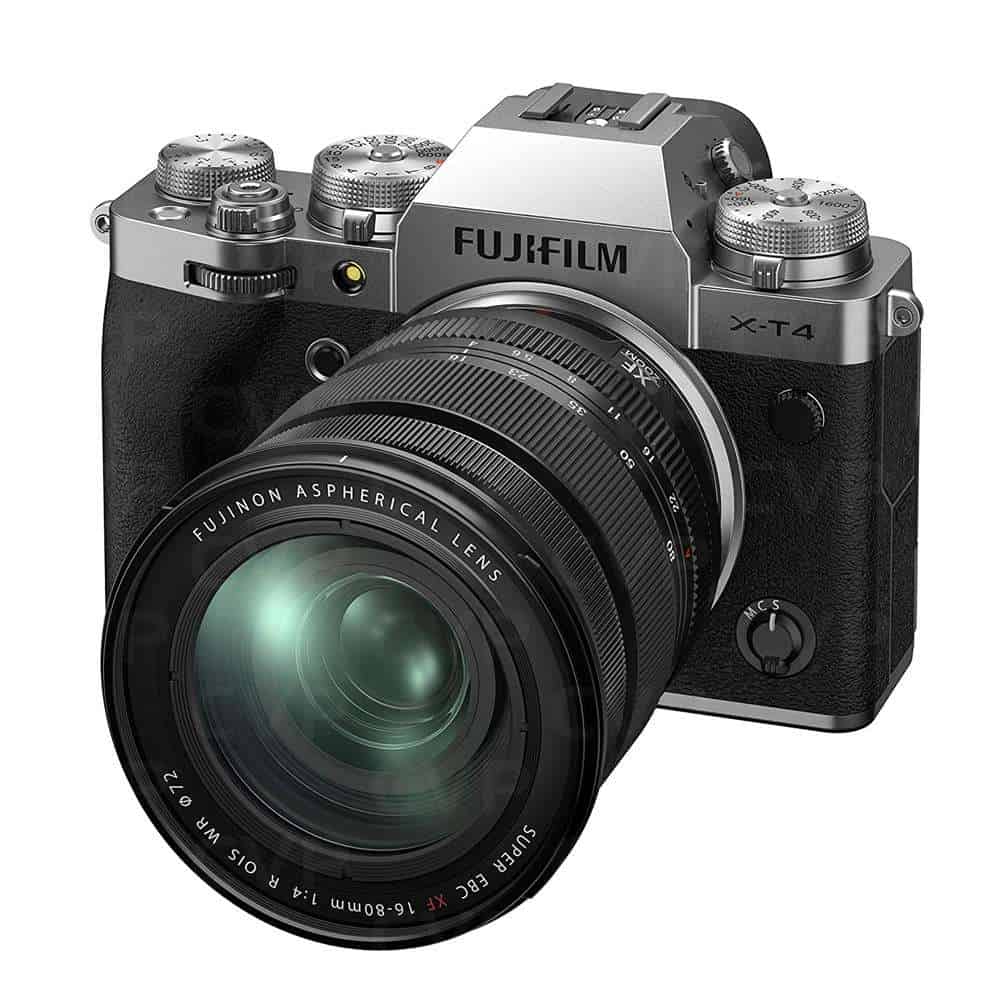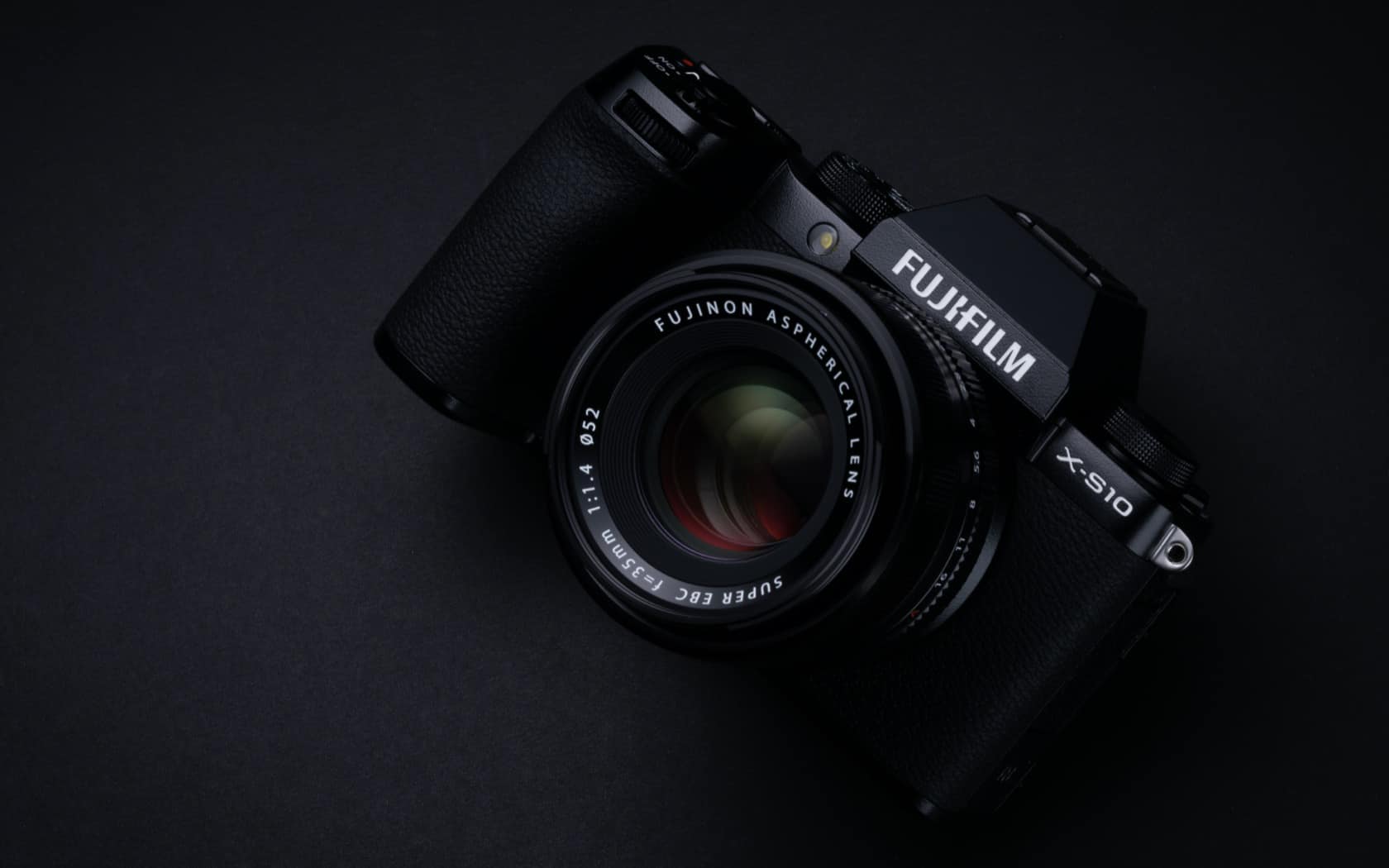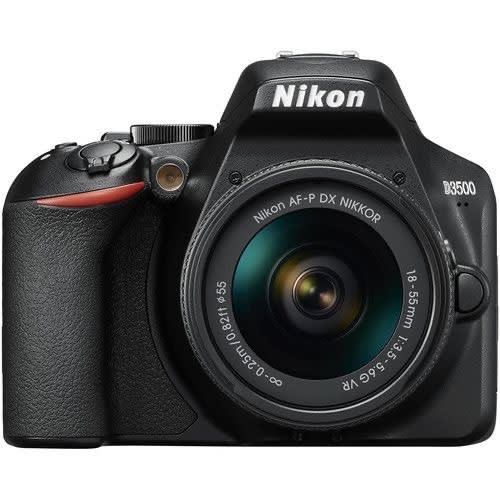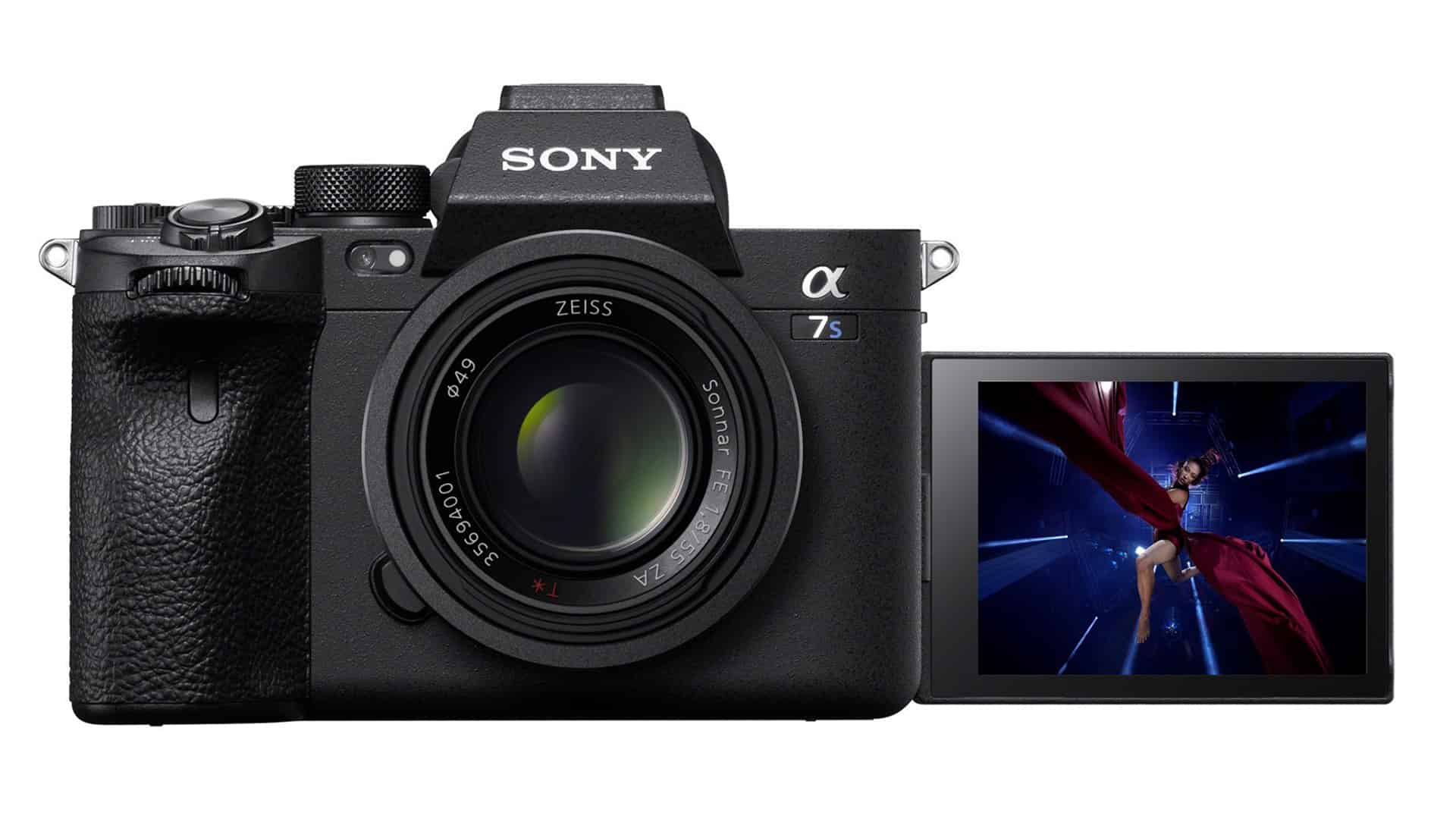For those who care a lot about cars and photography, be aware that car photography is a thing. In fact, according to recent research, car photographers in America make more than $46,000 a year and $22 per hour, and all they do is shoot the latest and most memorable rides on the road. Interested? Well, you’ll need a camera that will make your job easier, check out the best options in this list of 5 best cameras for car photography:
1. Fujifilm X-T4:

This option is a perfect balance between photography and videography and image stabilization is absolutely guaranteed. With a five-axis In-Body Image Stabilization (IBIS) tech, users will never have to be bothered about their pictures turning blurry when their hands slip mistakenly. Its shutter speed is highly commendable and its battery capacity shoots about 600 photos on a single charge.
2. Canon EOS R6:
Even if a 20-megapixel (MP) sensor is not appreciated much nowadays, this is the same 20 MP sensor the $6,500 EOS-1D X Mark III uses.
Must Read: 5 Best DSLR Cameras To Buy
It also possesses IBIS, a fast mechanical shutter, brilliant 4K video, and smart autofocus that reduces the usefulness of a manual. Users are allowed to buy it without a lens at a discount, plus it delivers massive value for money.
3. Fujifilm X-S10:

Still on the topic of 5 best cameras for car photography. Just like the Fujifilm option above, this one comes with a 26.1 MP sensor, an X-Processor 4 image-processing engine, up to 4K/30fps video, and its IBIS technology, but at a lesser price.
Must Read: 5 Best Point And Shoot Cameras
Its features include the persistent shooting speed, however, display resolution might not be as amazing as the X-S10. The display not being as incredible is no shocker because, with the price difference, some adjustments are very expected.
4. Nikon D3500:

This is an easy to use DSLR camera you can start using out of the box without any complicated learning process. It comes with a brilliant battery that can handle a whole 1,550 pictures per charge and a 24 MP APS-C sensor that offers a serviceable image at a resolution decent enough to aid light cropping without reducing its quality. Its zoom is actually better compared to an iPhone, and this makes it a brilliant alternative to using your mobile phone.
5. Sony A7Siii:

Even if this camera is more focused on clips than still shots, it also comes with a large ISO cap and an Exmor R sensor that delivers high resolutions, sensitivity, and speed.
Must Read: 10 Best Cameras With A Touchscreen 2021
The only disadvantage here is its low megapixel just 12.1 for photography. It is also the best camera if you want to pull cinematic stills from the clip you record, something car photography is known for.
Wrapping up:
There you have it – a comprehensive list of 5 best cameras for car photography. Feel free to drop your personal favorites or other recommendations in the comment section below.
More Information On Gadgets:
A gadget is a small tool such as a machine that has a particular function, but is often thought of as a novelty. Gadgets are sometimes referred to as gizmos.
In the software industry, “Gadget” refers to computer programs that provide services without needing an independent application to be launched for each one, but instead run in an environment that manages multiple gadgets.
There are several implementations based on existing software development techniques, like JavaScript, form input, and various image formats.
The earliest documented use of the term gadget in context of software engineering was in 1985 by the developers of AmigaOS, the operating system of the Amiga computers (intuition.library and also later gadtools.library).
It denotes what other technological traditions call GUI widget—a control element in graphical user interface. This naming convention remains in continuing use (as of 2008) since then.
It is not known whether other software companies are explicitly drawing on that inspiration when featuring the word in names of their technologies or simply referring to the generic meaning.
The word widget is older in this context. In the movie “Back to School” from 1986 by Alan Metter, there is a scene where an economics professor Dr. Barbay, wants to start for educational purposes a fictional company that produces “widgets: It’s a fictional product.”



